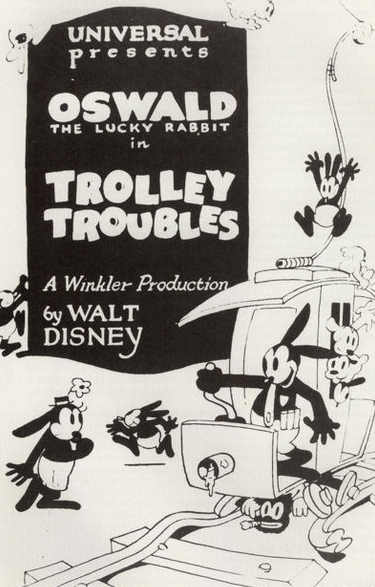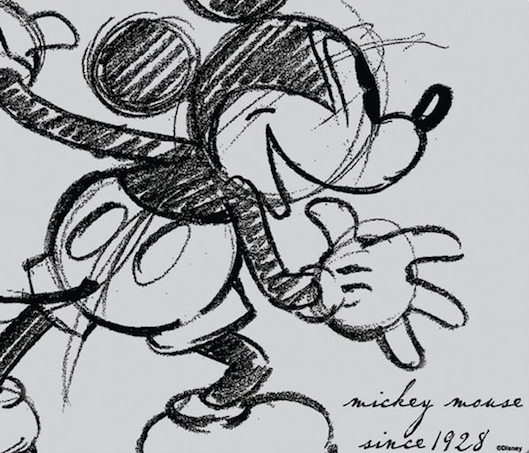 Walt Disney’s early entrepreneurial experience took him to Kansas City to start a company called Laugh-O-Gram. The two Disney brothers learned early that owning the character and controlling intellectual property was essential. In 1926, the Alice Adventure cartoons (mixed live and animation) were put to rest as they weren’t gaining traction so Iwerks and Disney created a new character called Oswald The Lucky Rabbit.
Walt Disney’s early entrepreneurial experience took him to Kansas City to start a company called Laugh-O-Gram. The two Disney brothers learned early that owning the character and controlling intellectual property was essential. In 1926, the Alice Adventure cartoons (mixed live and animation) were put to rest as they weren’t gaining traction so Iwerks and Disney created a new character called Oswald The Lucky Rabbit.

With the help of Iwerks, Disney began to see great success with Oswald The Lucky Rabbit, which was created under licensing through Winkler Pictures. Unfortunately, the copyright contract was up for renewal within a year and so Walt Disney headed to New York in order to renew ownership of Oswald but Charles Mintz who worked at Winkler Pictures had already stolen the Oswald The Lucky Rabbit character from Walt Disney. Mintz started his own cartoon production with most of Disney’s staff. Mintz figured he could do the cartoons just as well as the Disney studio for cheaper and also cut out the middle-men. In those days, the distributor owned the rights to the character and they outsourced the creative to studios such as Laugh-O-Gram. Mintz ended up doing a favour for Disney since Iwerks immediately developed another character called Mortimer Mouse later Mickey Mouse.

So after this lesson in licensing, Disney would go forward ensuring that he owned the distribution rights. Disney later on would actually re-release films like Snow White and Pinocchio regularly every 7 years after their original release since these films could be deemed timeless and Disney could control access. Disney engaged in mass merchandise sales using his film characters to build idolized characters. Only after the release of Little Mermaid was home viewing of Disney content expanded significantly. Controlling who can view and how they viewed Disney content was essential for generating reliable revenue streams for Disney as demonstrated from his early experience with intellectual property.
